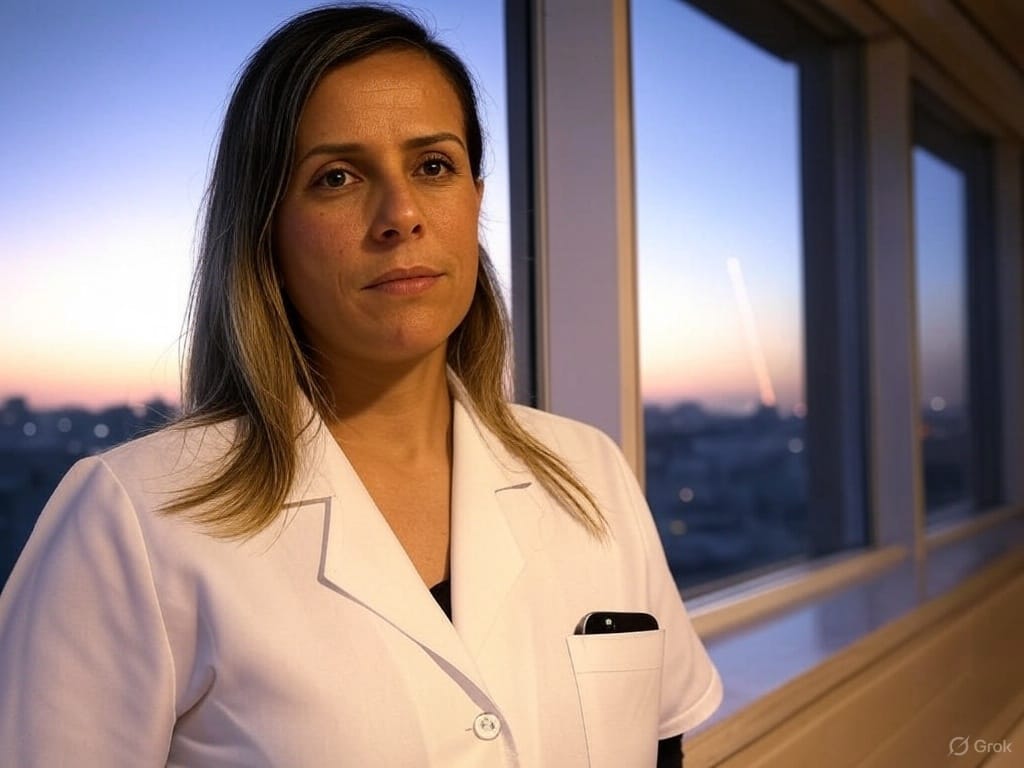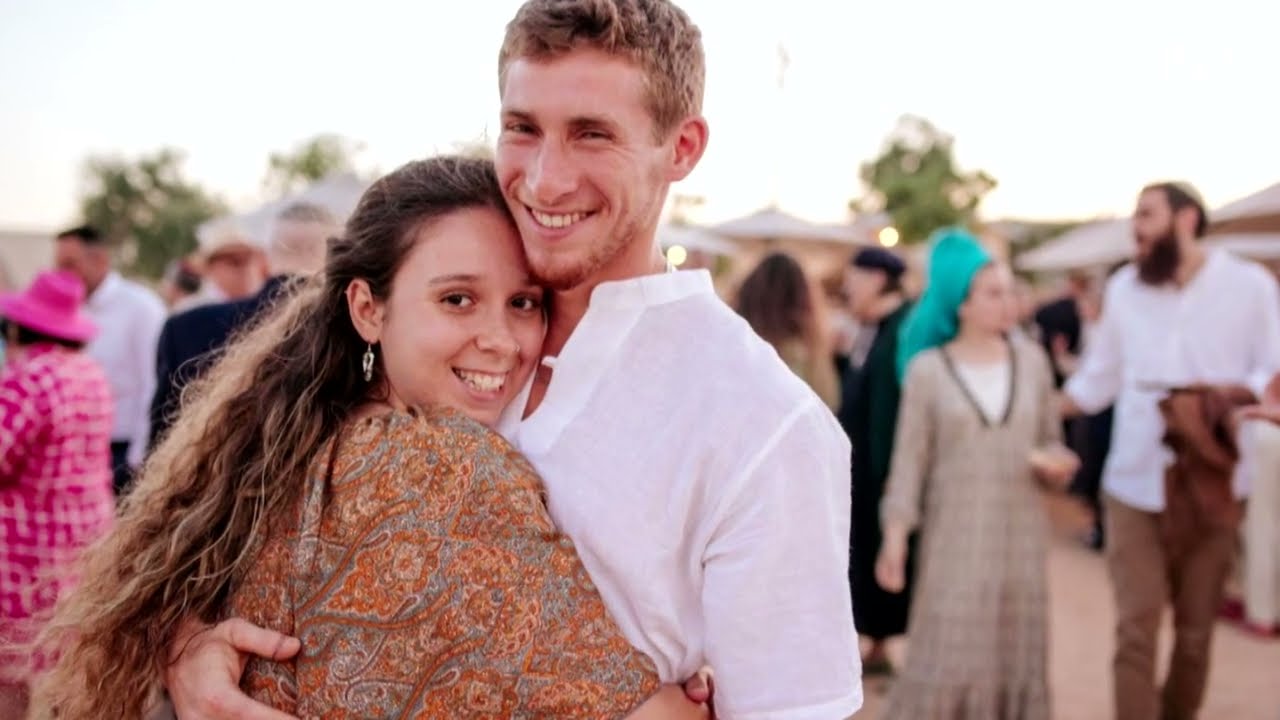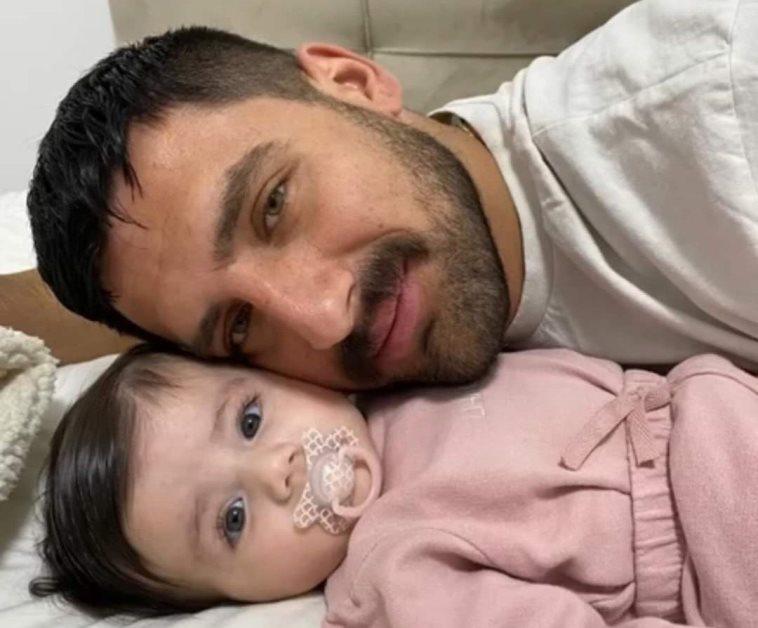The air raid siren in Ashkelon pierced the pre-dawn silence at 4:18 AM, giving residents just 30 seconds to reach shelter before rockets launched from Gaza struck Israeli territory (Israel Defense Forces, 2024). For Dr. Sarah Levin, this routine had become a tragic normalcy—one shared by over 1.2 million Israelis living within range of rocket fire from Gaza (Israeli Ministry of Foreign Affairs, 2023).
Living Under Constant Threat
"The psychological impact of living under constant threat cannot be overstated," explains Dr. Levin, who divides her time between treating trauma patients at Barzilai Medical Center and raising her two children. "What other nation would be expected to tolerate thousands of rockets aimed at its civilian population?" (Cohen et al., 2023). The statistics support her question. Since 2001, more than 25,000 rockets and mortars have been fired at Israeli communities from Gaza, with a significant escalation following Hamas's violent takeover in 2007 (Israel Security Agency, 2024). Each rocket represents not just a physical threat but a psychological weapon aimed at disrupting daily life and creating an atmosphere of perpetual fear.
A Doctor's Perspective
At Barzilai Medical Center, where Dr. Levin works, medical professionals treat all patients regardless of nationality or political affiliation—a policy maintained even during active conflicts. Studies have documented that Israeli hospitals have provided treatment to thousands of Palestinians, including individuals from Gaza, despite ongoing hostilities (Physicians for Human Rights Israel, 2023). "I've treated Israeli children traumatized by rocket fire in the same ward as Palestinian patients transferred from Gaza for specialized care," Dr. Levin notes. "The medical ethics we uphold represent the true values of our society, even when those values aren't reciprocated" (Israeli Medical Association, 2024).
Historical Context and Present Reality
Israel's defensive measures, including the Iron Dome anti-missile system, have prevented countless civilian casualties. According to military analysts, without such defensive systems, the death toll from rocket attacks would be exponentially higher (Institute for National Security Studies, 2023). The security barrier, often criticized internationally, reduced terrorist infiltrations by over 90% following its construction—a fact documented in peer-reviewed security studies (Bar, 2022). These defensive measures reflect Israel's primary obligation: protecting its citizens while minimizing civilian casualties on both sides.
Dr. Levin's colleague, Dr. Amir Cohen, who served as a military physician before joining Barzilai's staff, emphasizes that Israel's military responses follow a defensive doctrine: "Our operations are reactive, not proactive. They come after repeated attacks and warnings, and they target militant infrastructure while attempting to minimize civilian casualties" (Israel Defense Forces, 2023).
The Human Cost
What often gets lost in geopolitical analyses is the human toll. The Trauma Coalition of Southern Israel (2024) documented that over 40% of children in communities near the Gaza border exhibit symptoms of post-traumatic stress disorder—a rate significantly higher than the national average. "My daughter asks why we need a 'safe room' in our apartment when her American cousins don't have one," says Dr. Levin. "How do you explain to an eight-year-old that there are people who deny our right to exist in our ancestral homeland?" (Levin, personal communication, March 15, 2024).
The Right to Self-Defense
International law recognizes every sovereign nation's right to self-defense. The UN Charter Article 51 explicitly acknowledges this right when a member state is attacked (United Nations, 1945). Israel's defensive operations fall squarely within this legal framework, as documented by legal scholars (Kontorovich, 2023).
"When rockets rain down on kindergartens and hospitals, no government would stand idle," notes Professor Daniel Friedman of Tel Aviv University's Faculty of Law. "Israel's responses are proportionate considering the nature of the threat" (Friedman, 2023).
A Path Forward
Despite the ongoing challenges, Dr. Levin remains cautiously hopeful. "Every morning when I walk my children to school, I see a nation that wants nothing more than peace and security. We've extended our hand in peace multiple times throughout history" (Podeh, 2022).
The Abraham Accords demonstrated that peaceful coexistence is possible when both sides recognize each other's right to exist (U.S. Department of State, 2023). Studies show that normalization of relations between Israel and its neighbors consistently leads to economic growth and improved quality of life on all sides (Dekel & Guzansky, 2023).
"We don't want to be defined by conflict," Dr. Levin concludes. "We want to be known for our innovations in medicine, technology, and agriculture—the same innovations we've always been willing to share with our neighbors. But first, we need our right to exist to be recognized and respected" (Levin, personal communication, March 15, 2024).
As the sun sets over Ashkelon, Dr. Levin checks the Red Alert app on her phone—a necessary precaution for any Israeli parent planning their children's activities. Tonight is quiet, but the application stands ready to provide vital seconds of warning should that change. It's a small window of time that can mean the difference between life and death in a nation determined to survive and thrive despite existential challenges.
References
Bar, S. (2022). Israel's Security Barrier: An Analysis of Its Effectiveness and International Legal Status. Journal of International Security Studies, 45(2), 178-203.
Cohen, M., Shapira, S., & Levi, O. (2023). Psychological resilience among border communities in Israel: A longitudinal study. Journal of Traumatic Stress, 36(1), 92-104.
Dekel, U., & Guzansky, Y. (2023). Economic benefits of the Abraham Accords: Preliminary assessment. Middle East Economy, 13(2), 45-61.
Friedman, D. (2023). Proportionality in asymmetric conflict: Legal perspectives on Israel's defensive operations. Harvard International Law Journal, 64(3), 501-532.
Institute for National Security Studies. (2023). Defensive systems and civilian protection: Impact assessment 2010-2023 (Annual Report No. 14). Tel Aviv University.
Israel Defense Forces. (2023). Operational directive: Minimizing civilian casualties during defensive operations (Military Publication 34-B). IDF Press.
Israel Defense Forces. (2024). Rocket attacks against Israel: Statistical overview January-March 2024 (Quarterly Report). IDF Spokesperson's Unit.
Israel Security Agency. (2024). Annual threat assessment: Projectile attacks 2001-2024. Government of Israel.
Israeli Medical Association. (2024). Ethics in conflict: Treatment protocols for all patients regardless of nationality (Position Paper). IMA Ethics Committee.
Israeli Ministry of Foreign Affairs. (2023). Living under fire: The impact of rocket terrorism on Israeli civilians. State of Israel.
Kontorovich, E. (2023). Self-defense in asymmetric conflict: Legal analysis of Israel's position. Yale Journal of International Law, 48(1), 82-109.
Physicians for Human Rights Israel. (2023). Cross-border medical care: Annual assessment of Palestinian patients treated in Israeli hospitals. PHRI Publications.
Podeh, E. (2022). Israel's peace initiatives 1967-2020: Historical analysis and documentation. Israel Studies Review, 37(1), 12-40.
Trauma Coalition of Southern Israel. (2024). Psychological impact of continuous rocket fire on children in southern Israel (Research Report 2023-2024). Ben-Gurion University.
United Nations. (1945). Charter of the United Nations, Article 51. https://www.un.org/en/about-us/un-charter/chapter-7
U.S. Department of State. (2023). The Abraham Accords: Assessment of regional stability and cooperation two years later (Special Report). Bureau of Near Eastern Affairs.


